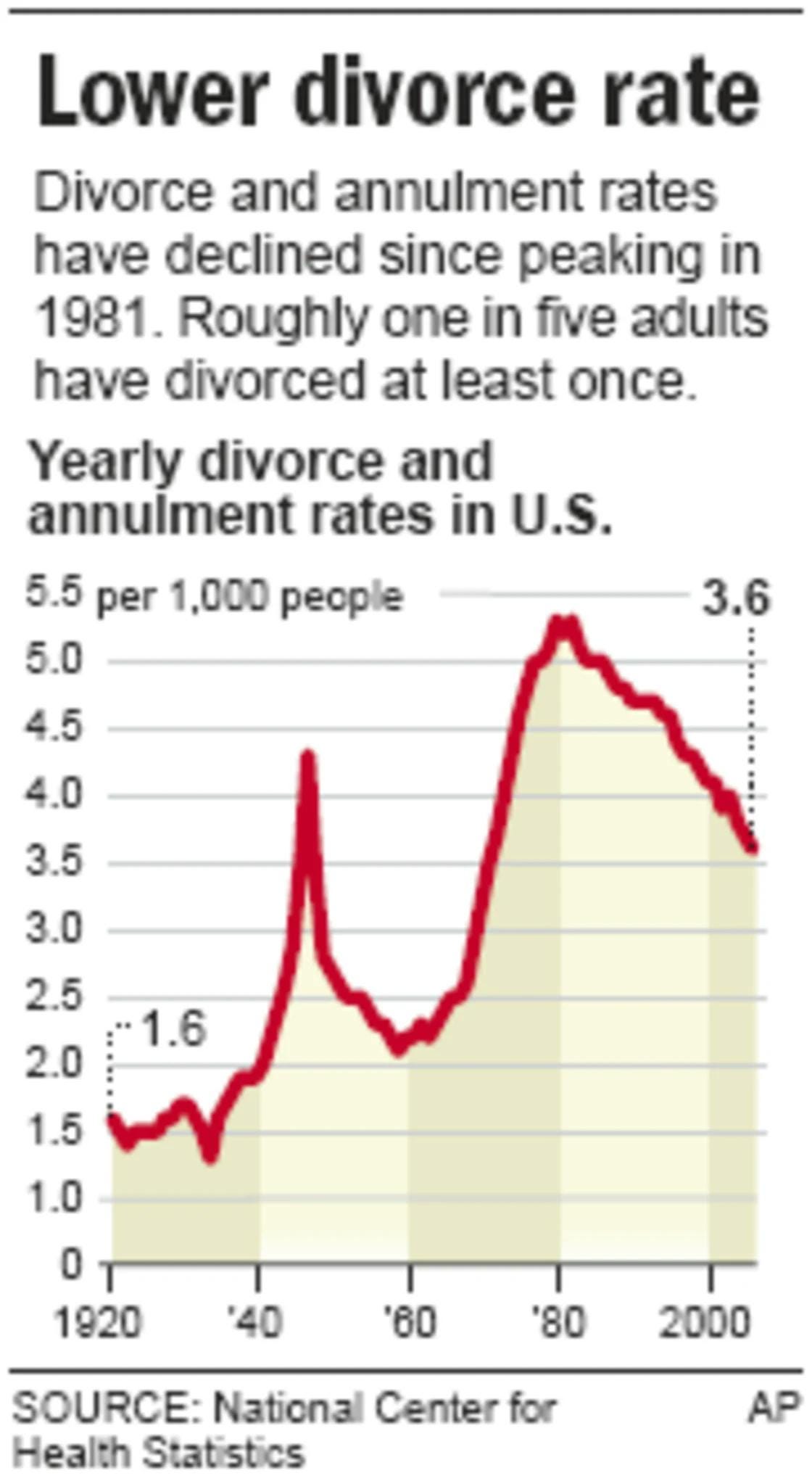Gen Xers Verses Millennials & Gen Z: The Differences Are Like Day & Night
Generation X shouldn’t judge Millennials or Gen Z, after all, Generation X created them.

Ed—Why do I write frequently about the 70s? For the same reason people [in general] pine for the good ol’ days.
I wouldn’t wax nostalgically if it wasn’t the “good ol’” days. Why would I pine for the “bad ol’ days”?
People, whether we’re talking about friends, family members, or spouses, aren't dependable. They aren’t reliable. And they especially aren’t loyal.
And most of all, they’re human. People base their decisions, for the most part, on emotions. And when you let emotions take control, your decision making becomes foggy.
In the end all you have are memories. Memories of the “good ol’” days.
I became a father in 2015 when I was 53 years old. When my daughter started school, I noticed right off the bat the differences between Gen Xers (my generation) and today’s youth — Millennials and Generation Z.
When I was born, The Beach Boys and Jan and Dean were rocking the airwaves. When my daughter was born, Justin Bieber and One Direction were the top tracks streaming on Spotify. This in and of itself shows the differences between the generations, not necessarily the artists and style of music, but the medium in which the music was deployed: Streaming.
Society, education, and technology has changed considerably since I attended school in the late sixties and throughout the seventies. When it comes to technology, today there’s email, instant messaging, social media, zooming, smartphones, laptops, Amazon, and everything instantaneously.
All I had growing up was snail mail, the Sears catalog, and a solitary phone nailed to the wall. I had to wait at least a week to receive any parcels, as there was no Amazon and no instant gratification.
As for education and learning, today’s students have it much easier. Gathering information for homework or for writing papers could be done all from the comfort of home.
The equivalent of The World Book Encyclopedia is only a few keystrokes away on a laptop. For my generation, it was a twenty-six volume of books that had to have its own bookcase and cost thousands of dollars and took years to pay off. Let’s not forget their access to every conceivable dictionary available and a thesaurus at their fingertips.
When I had to do homework, I was limited to the library — and the home encyclopedia. I could easily get my ten-thousand steps walking up and down aisle upon aisle of bookcases looking for the books, magazines, and newspaper clippings I’d need to write my research paper. But none of this was possible without a session of mental gymnastics with the card-catalog. Remember those?
Do you remember the overhead projectors with their transparencies that the teachers would write on? Do you remember the mimeograph machines? You could always tell who was running the mimeograph machine as they had blue fingertips. And the aroma? The aroma of a worksheet fresh from the mimeograph machine was intoxicating.
Ask any student today about overhead projectors or mimeograph machines and they will look at you as if you’re crazy, but ask any Gen Xer and they will tell you about the exquisitely intoxicating smell of paper fresh from the mimeograph machine. Today though, this technology has been replaced by video projectors and interactive whiteboards as well as the photocopiers.

The prior generation, as well as my daughter’s generation, is a generation of instant gratification. If they want to hear a song, there’s Spotify. If they want to watch a video, there’s YouTube. If they want to see a movie, there’s Netflix. If they want a book, there’s Amazon.
My generation went from vinyl to 8-track tapes to cassette tapes to CDs over the course of our adolescence. I know what it’s like to have to wait a week before the next episode of my favorite TV show in the pre-VCR age. No DVDs, streaming, or TiVo for me.
There was no binge watching of your favorite television shows. It was one episode at a time, one week at a time, one season at a time.
Our generation began on the heels of the Robert F. Kennedy, Malcolm X, and Martin Luther King, Jr. assassinations. It didn’t get much better as we had the oil embargo of the 70s, the Watergate scandal, and we had to deal with the Vietnam war, which was a holdover from the Boomer Generation.
Let’s not forget Three Mile Island, Bhopal, the Iranian hostage crisis, Iran-Contra, and the Clinton-Lewinsky debacles. No wonder we feel lost, disaffected, and cynical.
Society seemed to improve as Generation X took part in legalising gay marriage. The election of the country’s first black leader, President Barack Obama, was a hallmark of Generation X. Gen Xers founded Google, Amazon and other entities that shape life in the United States today.
The term “Generation X” was set and sealed into public culture by Douglas Coupland, a Canadian journalist and novelist in an article he wrote in 1987 for Vancouver Magazine. “Generation X” was further popularized by his 1991 novel, Generation X: Tales for an Accelerated Culture.
Later, Coupland claims he had taken it from a book — Class: A Guide Through the American Status System (1983) by Paul Fussell — that used “X” to refer to a group of people who did not wish to concern themselves with societal pressures, money, and status.
Maybe the biggest difference between the generations was the way we were raised. Generation Z children and Millennials were raised by over-parenting, overprotective, helicopter parents who treated their children like princes and princesses.
Many Generation X children, on the other hand, were raised by absentee parents for two main reasons: The rise in divorces and the rise in dual-earner families. The divorce rate in 1970 stood at 3.5 per 1,000 people and by 1979 had risen to 5.3 per 1,000 people — no thanks to the no-fault divorce laws which came into affect in 1970. Between 1968 and 1978, the number of dual-earner families rose by about 4.5 million (or nearly 25 percent).
As for me, I was raised in a two parent home, my mother was a home maker and my father worked one job. This wouldn’t be possible if it wasn’t for my father’s military retirement benefits we received every month. It wasn’t much as my father retired as an E-5 but his retirement package came with free healthcare, commissary privileges, and PX privileges through the military.
The term “helicopter parent” was first used in Dr. Haim Ginott’s 1969 book Between Parent & Teenager by teens who said their parents would hover over them like a helicopter.
The parents of Millennials and Generation Z children placed their children under constant surveillance, monitored them constantly, and the children were prevented from making mistakes. Many helicopter parents start with good intentions. “It is a tricky line to find — to be engaged with our children and their lives, but not so meshed that we lose perspective on what they need,” says Deborah Gilboa, M.D., of Ask Doctor G.
Many of the Generation X children were left to fend for themselves after school. As many as 40% of Gen Xers were latchkey kids — they sported a key on a cord around their necks and let themselves in while their parents finished out the workday.
At home and unsupervised, Xers became pros at organizing their own time. They learned to be independent early on and no one was hovering over them or giving them a gold star for a job well-done.
Naturally, Xers learned to be extremely self-reliant and independent. As they’ve entered adulthood and the working world, they have quietly rebelled against their childhood experience. For Xers, time at home with their families is sacred, and to protect their family time, Xers demand work-life balance and workplace efficiency.
Generation X children are the last kids to have a regular childhood. It was coherent, hands-on, dirty, fun, and lacked parental supervision. Our playgrounds were rusty death traps with loose chains, steel pipes, and sharp gravel below. No seatbelts, no sunblock, no helmets, and lots of second-hand smoke.
2023© ElbyJames






